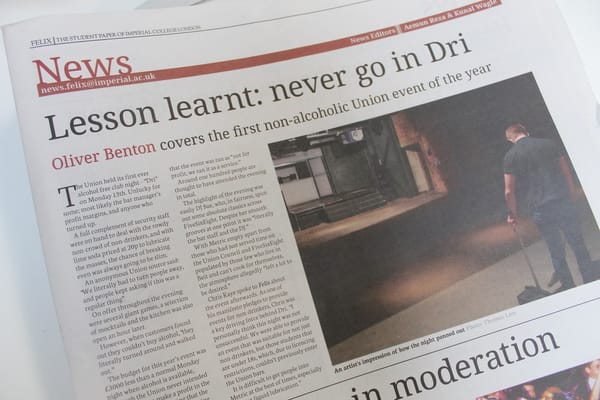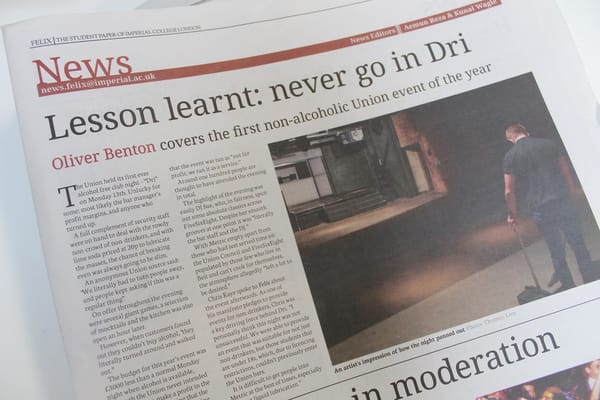The Midterms: Why every red cloud has a blue lining
Nathaniel Gallop on why losing control in US Politics can be good

The votes have been cast, the results are in, and the outcome is far from unexpected. The Democrats have been unceremoniously kicked out of Capitol Hill.
For Obama, Clinton, and their supporters, the impending cession of control of both the House and Senate to the Republican Party has been akin to witnessing a train crash in slow motion: they could do nothing but stand helplessly as the caucus slowly and inexorably steamed towards its calamitous eventuality. It was never a question of: “Are we going to win the midterms?” but rather “how badly will we lose them?’”
Fortunately for the Democrats, losing Congress is not nearly as bad as it would seem.
To begin with, losing seats in Congress this late in one’s presidency is practically a given. Since 1934, virtually every two-term president has lost seats in both the Senate and the House (with Clinton in 1998 being the sole exception). Combine this with a significant number of already present red seats; brimming Republican campaign coffers; and an uphill battle against continuous Congressional gridlock, the Democrats loss of the Senate and House was all but a political certainty. The odds, as they say, were never in their favour.
Now the ball is squarely in the court of the GOP. They are in control of policy making in DC and the brazen obstructionism that has been the clarion call of their previous years will help them no more. They will have to suggest alternatives, put through legislation, and make good on their various threats of impeachment and prosecution.
In post-shutdown America, such grandstanding is likely to alienate potential 2016 voters, while failure to do so would incur the wrath of the Tea Party, who will not be truly satisfied until Obama’s head is firmly mounted on a stake on the steps of the Capitol.
The way road to 2016 for Boehner, McConnell, and the remainder of the Republican Party is therefore not so much an easy stroll as it is a tightrope walk. They must balance the wishes of the Tea Party and hard-line conservatives with harsh political realities and an ever-sceptical pool of independent voters. Attempts will be made to repeal the Affordable Care act, to deport undocumented immigrants, and to push forward with Keystone XL with the full knowledge that every single measure is likely to fail. If they do not die on Capitol Hill, then they will die on the desk of the president. The result will be a continuation of the same tiresome political paralysis that has plagued the Capitol Hill from the outset of the Obama administration, only now with a new party to direct their frustrations at in two years’ time.
In the end, all that is left for the Democrats in the House and Senate to do is to sit back, relax, and gather political ammunition for 2016. The Republican Party, whether they are ready or not, will have to tread their new political tightrope very carefully.
It is, after all, a very long way down.









